Indian ship has no hope of revival
Days after the Indian Space Research Organisation (ISRO) tried to re-establish contact with the Chandrayaan-3 mission's solar-powered lander Vikram and rover Pragyan, former ISRO Chairman AS Kiran said India's third lunar mission is over, India's largest news agency reported. PTI information.
"There is no hope of revival. If both Vikram and Pragyan could have been 'resurrected' after the extreme cold moonlit night (-200 to -250 degrees Celsius), it should have happened on October 6. Now there is no hope," AS Kiran told PTI.
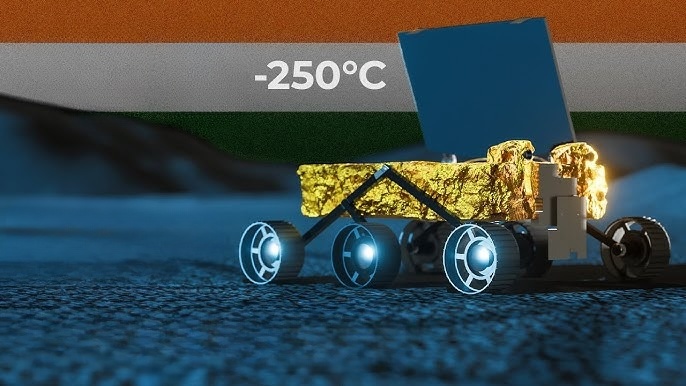
Illustration of the solar-powered Pragyan rover permanently resting on a cold moonlit night of -250 degrees Celsius. Photo: The Tribune
After an eventful month on the lunar surface, the Indian space agency began efforts to establish contact with the Chandrayaan-3 lander and rover on September 22. However, so far, they have not received any signal from the pair.
Despite that, the Chandrayaan-3 mission was a resounding success.
ISRO said that if the ISRO rover fails to "resurrect", both will stay on the moon as "India's Lunar Ambassadors".
With Chandrayaan-3, India made history on August 23, 2023, when it became the first country to land near the lunar south pole and made many valuable scientific discoveries on Earth's natural satellite. Previous landing missions by the Soviet Union, the US, and China were all in the equatorial region.
The former ISRO chairman said that the success of Chandrayaan-3 would "benefit subsequent Indian missions both in terms of knowledge/experience and in terms of planning for operations to be carried out in the lunar south pole region.
According to Mr. AS Kiran, there is a possibility that ISRO will undertake a mission to bring lunar samples back to earth for study, however, he did not give any time frame for carrying out such a feat.
Chandrayaan-3's 'sunset' is Gaganyaan's 'sunrise'
As the Chandrayaan-3 mission goes to sleep forever on the moon, India is ushering in the dawn of human spaceflight as ISRO is currently busy with its other major space endeavour: Gaganyaan, Indianexpress information.
After the success of Chandrayaan-3 and Aditya-L1 (the solar probe mission launched on September 2), ISRO is now gearing up to conduct the first test flight of the country's first crewed mission, Gaganyaan.
Specifically, ISRO said that it is preparing to launch the "Flight Test Vehicle Abort Mission-1 (TV-D1)" - this is an unmanned flight test (for the Gaganyaan mission) to demonstrate the performance of the crew's emergency escape system.
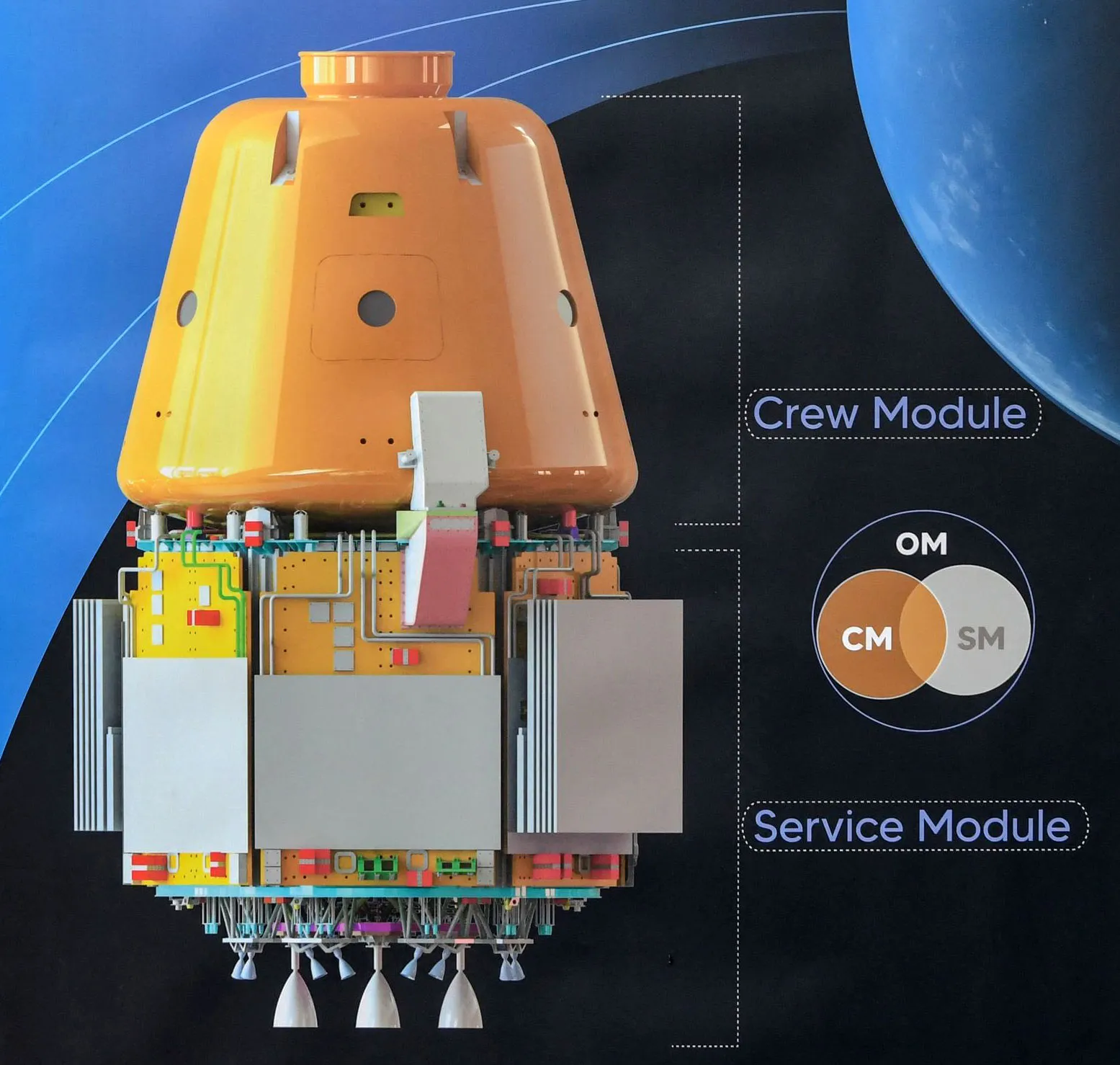
Complete modular design of the Gaganyaan mission spacecraft, including the service module and the crew module. Source: Britannica
As per the design, the CM crew module of the Gaganyaan mission will be where the astronauts will stay throughout the mission under Earth-like pressure conditions.
The TV-D1 module will be identical to Gaganyaan's CM crew module, ISRO said, meaning it will have the same overall dimensions and mass, and will contain all the same deceleration and recovery systems. The only difference is that this test version will be unpressurized.
Gaganyaan is India's first crewed mission. The cost of the Gaganyaan mission is estimated at 90.23 billion Indian rupees ($1.08 billion), Reuters reported.
On October 21, 2023, ISRO will launch the empty module TV-D1 from the Satish Dhawan Space Center in India before returning it safely to Earth, senior Indian official Jitendra Singh said on Tuesday (October 11). Reuters information. The CM module is now ready to be transferred to the launch complex.
ISRO said the TV-D1 module will also test the functionality of many other components of the Gaganyaan mission, including the parachute designed to stabilize and slow the spacecraft during reentry, as well as the "recovery assist drive system".
The Crew Escape System (CES) will also be tested during the TV-D1 module test.
According to Space , the Gaganyaan mission will be India's attempt to launch at least three astronauts into low-earth orbit (LEO) at an altitude of 400 km before the end of 2024 and then bring them back safely. The specific timeline for the launch has not been officially announced by ISRO.
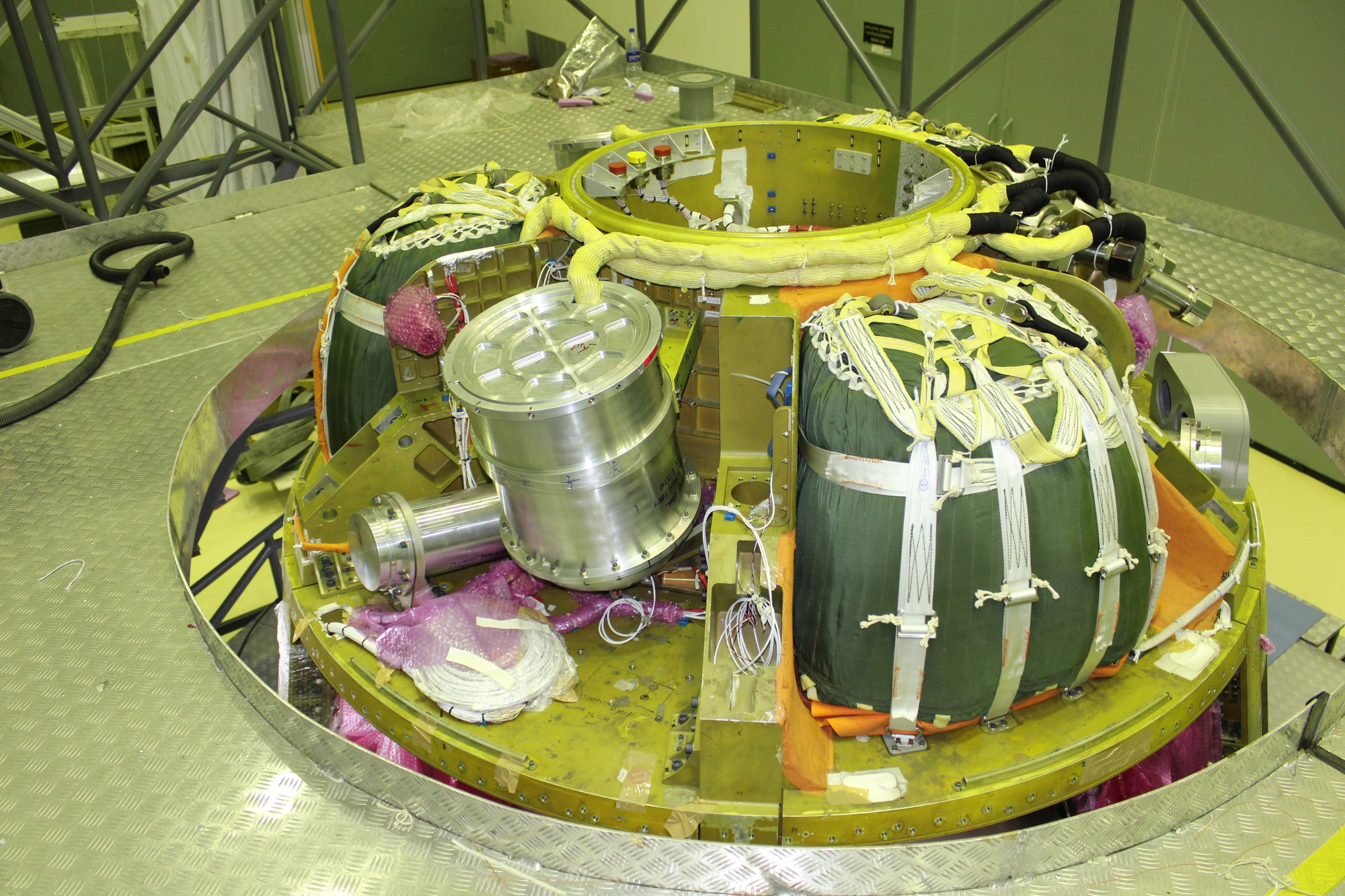
The device will be used in the test flight of the TV-D1 module, which is intended for the Gaganyaan crewed mission in late 2024. Photo: ISRO
Space The summary of India's October 21 technology and engineering show will be as follows:
The test flight of the TV-D1 module will simulate the launch-to-orbit abort scenario - when the spacecraft is traveling at Mach 1.2 - expected to be encountered during the Gaganyaan crewed mission.
The abort sequence will then be executed automatically, starting with the separation of the Crew Escape System (CES) and deployment of a series of parachutes, culminating in the safe landing of the TV-D1 module in the ocean.
Upon return to Earth, TV-D1 will be recovered by the Indian Navy's diving team in the Bay of Bengal using a specialized vessel.
After the successful test flight of the empty TV-D1 module, ISRO will conduct another test flight, but with a robot inside, said Jitendra Singh. The robot named Vyommitra will have a human face, arms, no legs but can speak like a human.
The purpose of this was to test the effects of pressure on the human body in an emergency mission abort situation.
Source: Reuters, Space, Indianexpress, Hindustantimes
Source


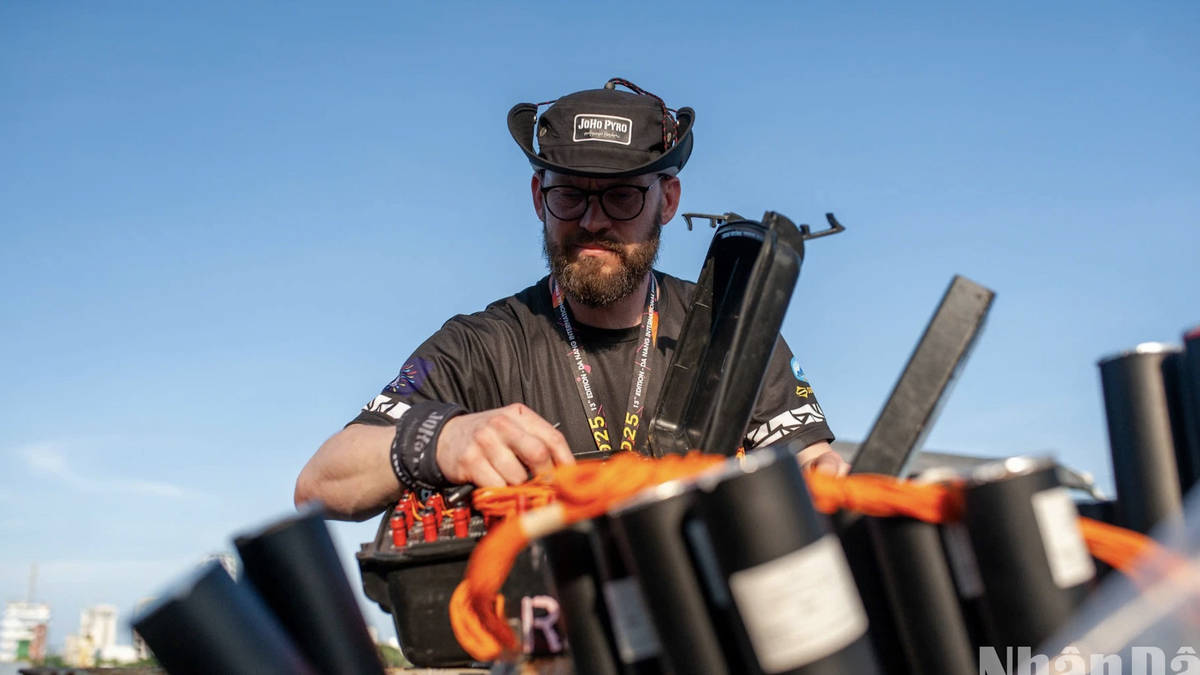


![[Photo] Prime Minister Pham Minh Chinh meets with Hungarian President Sulyok Tamas](https://vphoto.vietnam.vn/thumb/1200x675/vietnam/resource/IMAGE/2025/5/29/dbcaa73e92ea4448a03fe1d0de6d68e8)
![[Photo] Vietnamese and Hungarian leaders attend the opening of the exhibition by photographer Bozoky Dezso](https://vphoto.vietnam.vn/thumb/1200x675/vietnam/resource/IMAGE/2025/5/29/94d8ceca5db14af3bf31285551ae4bb3)



























































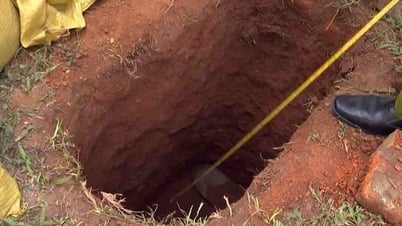








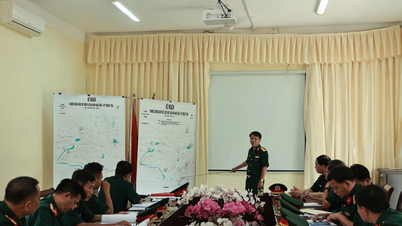













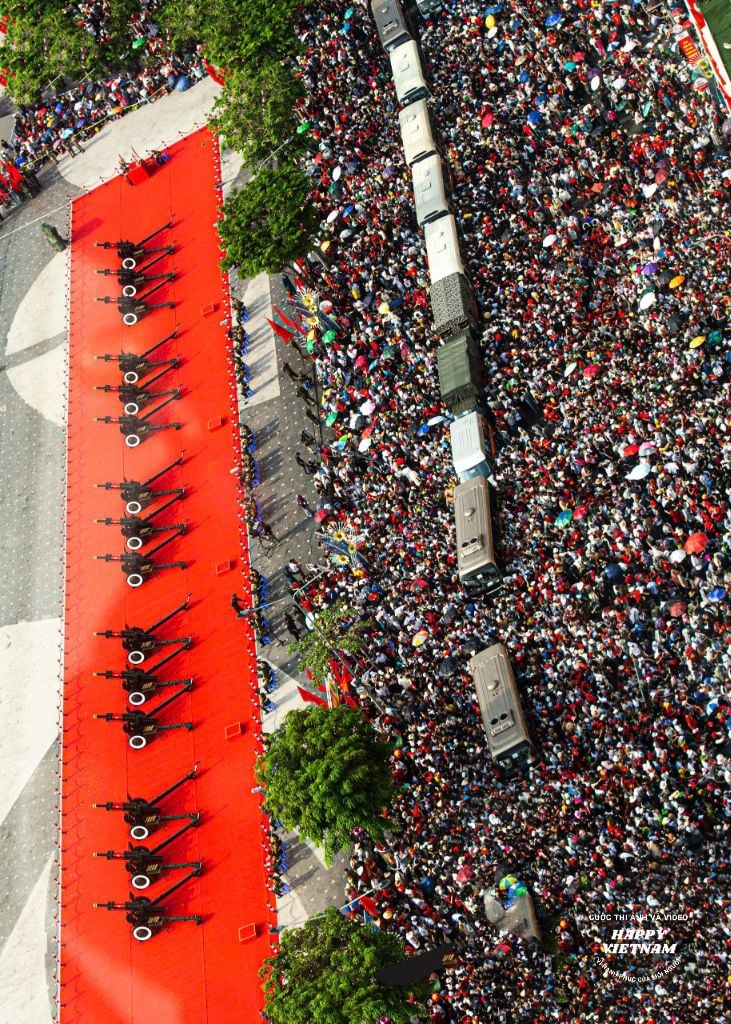

Comment (0)